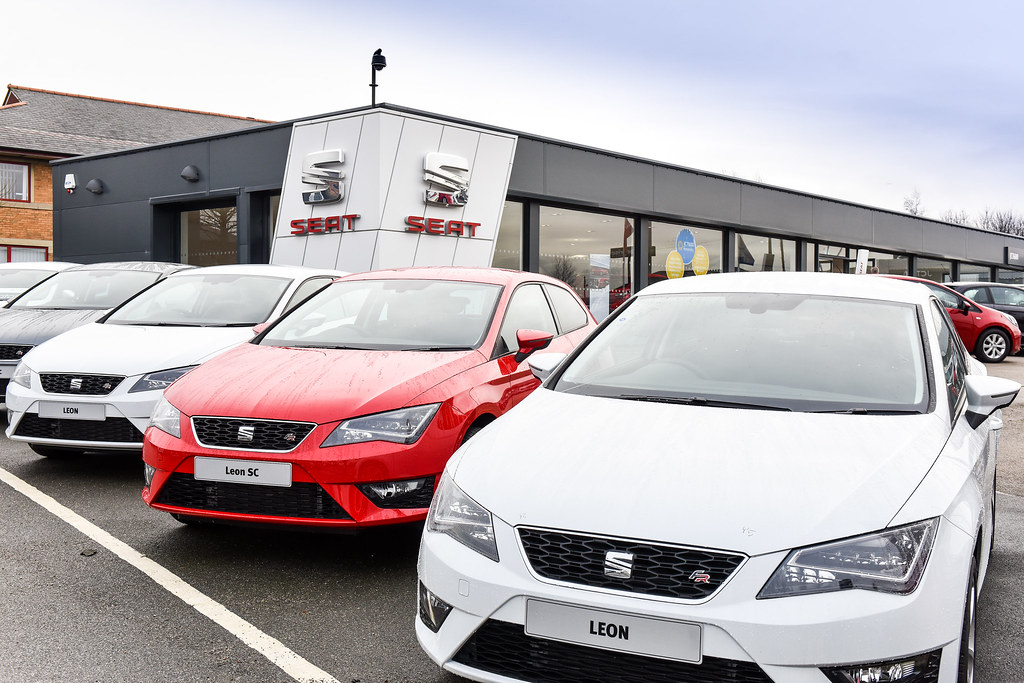
The American automotive landscape has long been synonymous with expansive highways and the powerful presence of large vehicles, particularly pickup trucks and full-size SUVs. This enduring “love affair” with bigger cars has been a defining characteristic of consumer preference for decades, shaping production lines and marketing strategies across the industry. However, recent data suggests a significant shift is underway, one that sees a growing number of U.S. consumers turning their attention back to smaller, more economical options.
This re-evaluation of vehicle choices is not a mere passing fad but a response to a complex interplay of economic pressures and evolving consumer needs. As financial realities shift and priorities adjust, the practicality, efficiency, and sheer affordability of compact cars are proving increasingly compelling. This article delves into the core reasons behind this notable resurgence, providing an in-depth analysis of the factors driving Americans to rediscover the inherent value in smaller vehicles.
We will explore how market forces are reshaping purchasing decisions, highlighting specific trends and models that exemplify this change. From the stark difference in transaction prices to the surprising array of modern features now integrated into compact designs, the narrative of the American car buyer is being rewritten. This comprehensive look aims to arm consumers with the insights needed to understand this pivotal moment in the automotive market.

1. **Affordability and Lower Transaction Prices**The most immediate and compelling factor drawing American buyers back to compact cars is undoubtedly their affordability. In a market where new car prices have surged, smaller vehicles offer a much-needed reprieve for budget-conscious consumers. Data indicates a substantial price increase in automobiles, with a 19.6% rise from January 2021 to 2024. This broad inflationary trend has made the cost of vehicle ownership a significant concern for many households.
Against this backdrop, the price points of compact vehicles stand out dramatically. Many compact SUVs are available for under $30,000, with a considerable number even priced below $25,000. This is a “stark difference” from the often prohibitive $60,000 price tag associated with a full-size pickup truck, making smaller cars an “easier-to-swallow pill” for consumers facing financial constraints. For instance, the Mitsubishi Mirage was noted as the “only new vehicle in the U.S. still transacting for under $20,000 in September,” underscoring the limited options for truly entry-level pricing.
Beyond the Mirage, other compact models are demonstrating strong sales at highly competitive average transaction prices (ATPs). The Chevrolet Trax, for example, has an ATP of $25,081, while the Toyota Corolla is at $25,535, and the Hyundai Elantra at $25,902. These figures, as observed by Cox Automotive Senior Economist Charlie Chesbrough, contribute to “holding down the new-vehicle ATP” across the market. This clearly illustrates that despite broader inflationary pressures, the elevated mix of small, more affordable vehicles is having a tangible impact on overall transaction prices.
The financial appeal extends beyond the initial purchase price to include lower interest rates, which can be even more favorable than those offered on gently used cars. This combination of a lower sticker price and more attractive financing options makes compact cars a “formidable alternative” for buyers. As consumers increasingly scrutinize their household budgets, the direct cost savings offered by smaller vehicles become an undeniable priority, making them an economically rational choice in the current environment.
This renewed focus on affordability signifies a shift in consumer behavior, where the desire for value and financial prudence outweighs the traditional pursuit of larger, more expensive vehicles. The market is responding, with compact car segments providing critical entry points for buyers who might otherwise be priced out of the new vehicle market entirely.
Read more about: Beyond the Hype: A Consumer’s Definitive Guide to Small SUVs, Value, and Smart Buying

2. **Rising Interest Rates and Loan Payments**Another critical economic force driving the shift towards compact cars is the sustained increase in interest rates and, consequently, monthly loan payments. The context explicitly states that “the average American buyer is downsizing as interest rates and fuel costs continue rising.” This directly links the cost of borrowing to purchasing decisions, making the overall expense of vehicle ownership a paramount concern for consumers.
With interest rates remaining “unsustainably high,” many households are finding that the monthly payments for larger, more expensive vehicles have become prohibitive. The average selling price of a new car hitting an “all-time high of $47,000” exacerbates this issue, as higher prices combined with elevated interest rates result in significantly larger loan obligations. This pinch is being felt by many, leading to a direct impact on sales figures for most large vehicles, as consumers seek to alleviate financial pressure.
The data from Edmunds supports this trend, indicating that “nearly 20% of car buyers took on $1,000+ monthly payments in Q4,” highlighting the steep financial burden many consumers are enduring. Such high monthly commitments are simply unsustainable for a growing segment of the population, prompting a reconsideration of what kind of vehicle is truly within reach. As a result, buyers are “choosing to forego some of the roominess for more compact and economical options.”
This is not merely a preference for smaller cars, but often a necessity dictated by economic realities. The practicality of managing a lower monthly payment becomes a driving force in the decision-making process. The ability to secure a vehicle with a manageable loan commitment is a powerful incentive, often overriding other desires such as maximal cargo space or an imposing road presence.
Therefore, the current climate of high interest rates acts as a powerful deterrent against purchasing larger, more costly vehicles. Compact cars, by virtue of their lower overall price point, offer more palatable financing terms and more accessible monthly payments, providing a crucial escape valve for consumers navigating a challenging financial landscape.
Read more about: Maximizing Your Investment: A Kelley Blue Book Deep Dive into Which Used Cars Hold Their Value Best in 2025

3. **Increasing Fuel Costs**Beyond the initial purchase and financing, the ongoing operational costs of a vehicle, particularly fuel expenses, are playing a significant role in the renewed appeal of compact cars. The context highlights that “the average American buyer is downsizing as interest rates and fuel costs continue rising.” This connection underscores how the day-to-day expense of owning a car is influencing choices.
Historically, periods of “cheap gas literally fueling the growth of gas-guzzler sales” have encouraged the prevalence of large trucks and SUVs. However, the economic landscape has changed, and “things aren’t what they were.” With a new government potentially affecting “the cost of gas,” consumers are becoming increasingly mindful of fuel efficiency, making more economical options highly desirable. This sensitivity to fuel prices reflects a broader consumer awareness of long-term running costs.
Compact cars inherently offer better fuel economy compared to their larger counterparts. This makes them a more attractive proposition for drivers looking to mitigate the impact of fluctuating and often high pump prices on their household budgets. For instance, while specific fuel economy figures aren’t detailed for each compact model mentioned, the general understanding is that smaller engines and lighter frames translate directly into fewer trips to the gas station.
This focus on efficiency is not just about saving money at the pump; it’s about overall economic prudence. In an environment where every dollar counts, a vehicle that sips rather than guzzles fuel provides tangible, recurring savings. This practical benefit contributes significantly to the “easier-to-swallow pill” narrative for compact car purchases.
Thus, the rising and unpredictable nature of fuel costs serves as a powerful, ongoing incentive for consumers to opt for smaller, more fuel-efficient vehicles. It transforms the decision from one of pure aesthetic preference to one of pragmatic financial management, solidifying the compact car’s position as a wise economic choice.
Read more about: Navigating the Automotive Minefield: A Consumer Reports Guide to 10 Vehicles with Notoriously High Repair Costs

4. **Enhanced Features in Modern Compacts**One of the historical perceptions that often deterred buyers from smaller cars was the idea that they were “downgrades,” lacking in features, comfort, and advanced technology. However, the modern compact car market has largely overturned this notion. The context explicitly states that “most modern, compact, and economical cars now boast convenient and advanced technology and safety features, spacious interiors, and plenty of trunk space.”
This evolution means that compact vehicles are no longer the “toy-like cars” of yesteryear, such as the “Micro Microlino and the Kei tiny truck.” Instead, manufacturers are “introducing new features like heated, leather seats, rearview cameras, and sunroofs that were once reserved for European luxury vehicles.” This infusion of premium amenities into smaller frames significantly enhances their appeal and perceived value. Consumers are discovering that they can access many of the desirable features of larger, more expensive vehicles without the accompanying hefty price tag.
The Chevrolet Trax, for instance, is highlighted as a “great vehicle,” demonstrating that smaller cars can deliver a satisfying ownership experience. The Toyota Corolla is also praised as being “plenty of car for most people,” indicating that it meets the functional and comfort needs of a broad consumer base. These examples underscore the fact that contemporary compacts are designed to provide a comprehensive and comfortable driving experience, rather than simply being a stripped-down, budget option.
Furthermore, these vehicles are defined as having a wheelbase of “2.5 to 2.7 meters and 1.6 to 2.0-liter engines,” placing them squarely in a practical size category that balances maneuverability with interior space. The ability to offer “similar features to their larger counterparts” while maintaining a smaller footprint makes them an even more compelling alternative for consumers seeking both value and quality.
In essence, the modern compact car challenges the outdated notion of “bigger is better” by delivering a rich feature set and a comfortable experience at a more accessible price point. This evolution is crucial in drawing buyers who might otherwise have dismissed smaller vehicles, proving that practicality and luxury are no longer mutually exclusive in the compact segment.
Read more about: Steer Clear: 11 New Popular Cars You Should Avoid at All Costs, According to Experts

5. **Increased Market Share of Compact and Subcompact SUVs**A clear indicator of the shift in consumer preference is the dramatic increase in market share for compact and subcompact SUV segments. These categories are “outperforming the market this year,” directly contributing to the overall trend of Americans buying smaller, more affordable vehicles. This growth is significant when juxtaposed with the performance of other segments.
Specifically, “sales of sub-size SUVs in the U.S. shot up 20% in the first half of this year,” a figure that “far outpacing overall vehicle sales growth of 2%.” Concurrently, “compact SUV sales rose 12%.” These statistics, drawn from Cox Automotive data, paint a vivid picture of robust demand within these smaller SUV categories. The context further reinforces this, noting that “subcompact SUV sales were 8.1% compared to 4.5% in 2019” and “Compact SUVs rose from 17% to 17.8% in 2019” in the last five years.
The success of particular models within these segments further illustrates the trend. The Chevrolet Trax, for example, has seen an astounding surge in sales, “rocketing by 89 percent in November” and jumping “152.7% year-over-year in Q2, hitting 52,875 units.” This performance makes it “the third fastest growing vehicle across General Motors’ brands.” Other compact SUVs like the Mazda CX-50 and Chevy Trax have only “emerged in the market only during the past 20 years,” demonstrating a relatively new but impactful presence.
This segment’s rise is directly linked to its dual appeal of being both practical and economical. As Cox Automotive Senior Economist Charlie Chesbrough noted, “The subcompact and compact SUV segments are outperforming the market this year, and by no coincidence, they’re also two of the lowest-priced product segments in the market.” Consumers are recognizing that these vehicles offer the desired “functionality” and “cargo area of an SUV” but in a more affordable “smaller size.”
The strong performance and expanding market share of compact and subcompact SUVs demonstrate a clear and sustained shift in buyer priorities. These vehicles successfully bridge the gap between traditional car and larger SUV offerings, providing a compelling package of utility, modern features, and critical affordability, thereby capturing a significant and growing portion of the American automotive market.
Read more about: From Showroom Shine to Garage Grind: 15 Vehicles That Left Owners Longing for a Refund
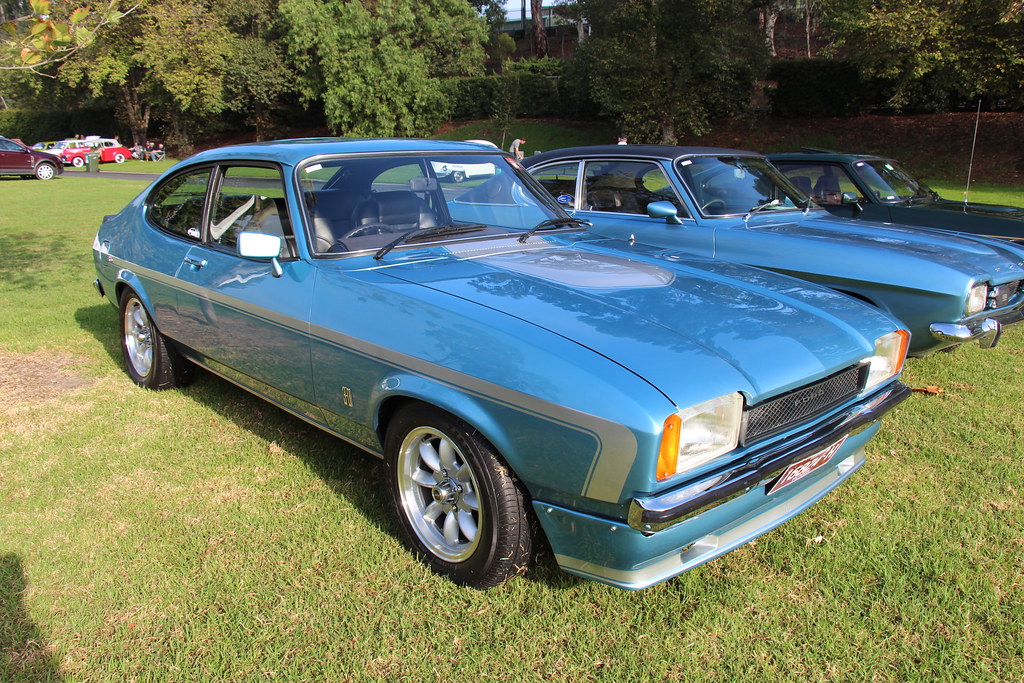
6. **Decline in Full-Size Pickup Truck Sales**In parallel with the rise of compact vehicles, the automotive market is witnessing a notable contraction in a segment that has long dominated American sales: full-size pickup trucks. This inverse relationship underscores the broader shift in consumer preferences and economic priorities. The context highlights that “full-size pickup truck share is lower year over year in 2024,” a significant reversal from established trends.
Specifically, “full-size pickup truck sales slumped 4% in the same time period” during the first half of the year, according to Cox Automotive data. Further reinforcing this, “large pickup truck sales have fallen 1.9 percent this year compared to 2023.” This decline, alongside a drop in “midsize SUVs [that] slid 2.3 percent,” signifies a broader cooling in demand for larger, more resource-intensive vehicles. Edmunds data also noted a decline in pickup truck market share in the first quarter, starting “to look a bit like it did in the recession.”
Despite these declines, it’s important to acknowledge that “the top-three best-selling cars in the U.S. last year—the Ford F-Series, the Chevy Silverado, and the Ram Pickup—were all large flat-bed pickups.” This illustrates the enduring legacy of these vehicles, yet their shrinking market share indicates a clear, if gradual, shift in the overall composition of new vehicle sales. While “it doesn’t mean that many people aren’t still buying large pickups,” the growth trajectory has undeniably slowed or reversed.
This trend is attributed to both “a price thing” and “a product thing.” The sheer cost of these vehicles, often reaching $60,000, combined with rising interest rates and fuel costs, makes them a less viable option for a growing number of consumers. The market appears to be reaching a saturation point for some buyers, who are now seeking more economically rational alternatives that still meet their fundamental transportation needs.
The downturn in full-size pickup truck sales, when viewed alongside the surge in compact car and SUV sales, paints a compelling picture of a market undergoing a fundamental transformation. Consumers are increasingly making choices driven by practical economics rather than sheer size, compelling manufacturers to adapt to this evolving landscape.
Read more about: Maximizing Your Investment: A Kelley Blue Book Deep Dive into Which Used Cars Hold Their Value Best in 2025
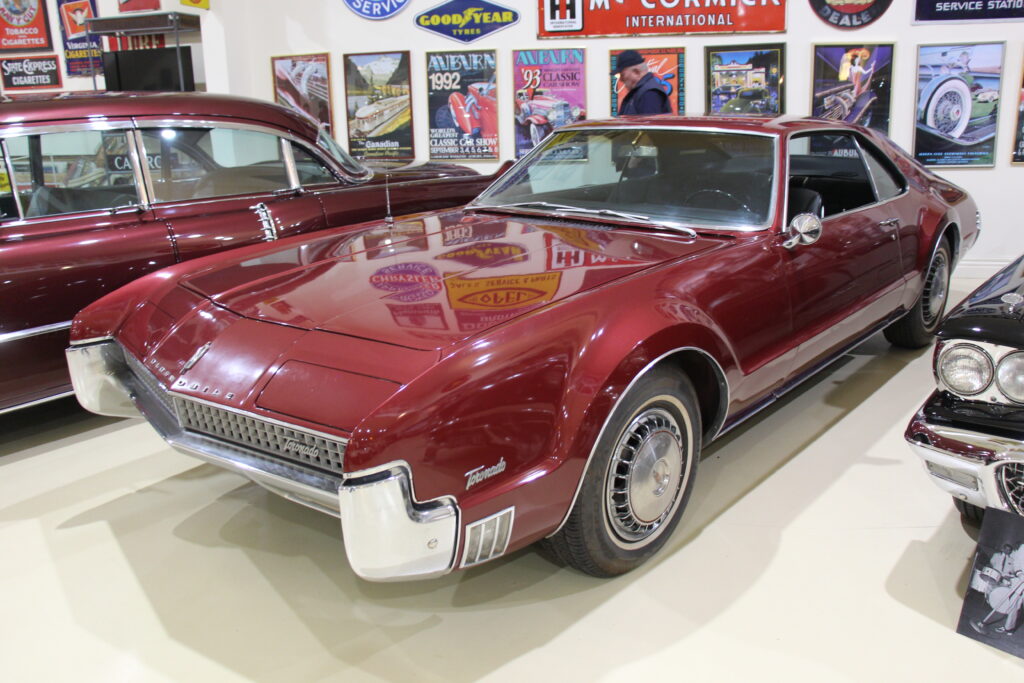
7. **Automaker Strategies and Product Lineup Adjustments**The shift in consumer demand towards smaller, more affordable vehicles presents both a critical challenge and opportunity for automotive manufacturers. Historically, many automakers, particularly Detroit’s Big Three, prioritized larger, more expensive vehicles due to higher profit margins. This emphasis often led to the reduction or discontinuation of compact models in North America, assuming sustained demand for bigger cars.
However, this strategy has proven problematic. Automakers who “long neglected their compact car lineups risk losing market share” as demand shifts. GM, for instance, previously chose “to take an axe to most of its sedan car lineup,” leaving many dealers “without an economy offering” when buyers sought lower-priced options. These past decisions now create a competitive disadvantage.
Yet, some manufacturers wisely maintained or revitalized their compact segment presence, reaping rewards. Chevrolet’s entry-level Trax SUV has been a standout success, with sales “rocketing by 89 percent in November” and jumping “152.7% year-over-year in Q2.” This underscores that “Keeping Affordable Options In The Lineup Was Wise” for those recognizing demand for practical, economical vehicles, proving strong sales are possible.
Ford’s journey also reflects this. In 2018, the company culled “every small car except the Mustang from its model lineup,” citing “declining consumer demand and product profitability” for traditional sedans. While the Focus continued in Europe, its production ending indicated challenges in maintaining profitability for smaller frames despite demand elsewhere. This highlights the complex balancing act automakers face.
Read more about: A Deep Dive into Six Affordable Luxury Sedans: Performance, Value, and Smart Budgeting Strategies

8. **The Interplay of Global Manufacturing and Supply Chains**The resurgence of compact car sales in the U.S. is deeply intertwined with a globalized automotive industry and intricate supply chains. Many successful compact models gaining traction are products of international collaboration and diverse manufacturing origins. This challenges any simplistic view of car production, highlighting how different regions contribute to meeting American consumer demand for affordable vehicles.
This global interdependence is evident in the market success of specific models. The Chevrolet Trax, for instance, is a “Korean-built car sold by an American brand,” demonstrating how U.S. manufacturers leverage global production. The Hyundai Elantra represents a “Korean brand selling an American-built car,” showcasing reciprocal manufacturing flows. This pattern is “basically true across the market,” indicating reliance on global networks to provide diverse, cost-effective options.
Other compact and relatively small vehicles like the Ford Maverick and Jeep Compass also make significant impacts, regardless of precise manufacturing origin. These, including newer entries like the Mazda CX-50, underscore that current market offerings result from complex multinational strategies to deliver various vehicle types at accessible price points. This global network is crucial for maintaining compact car affordability.
However, this reliance introduces vulnerabilities, particularly from external economic factors. Proposed trade policies, such as “incoming President Donald Trump’s plans to slap 25 percent import duties on goods from across the borders of Mexico and Canada,” pose a significant concern. These nations are “precisely where many lower-cost models are made,” meaning such tariffs could directly impact compact car availability and pricing.
Read more about: The Shifting Automotive Landscape: Why Used Car Values Are Collapsing, and What It Means for Buyers and the Economy
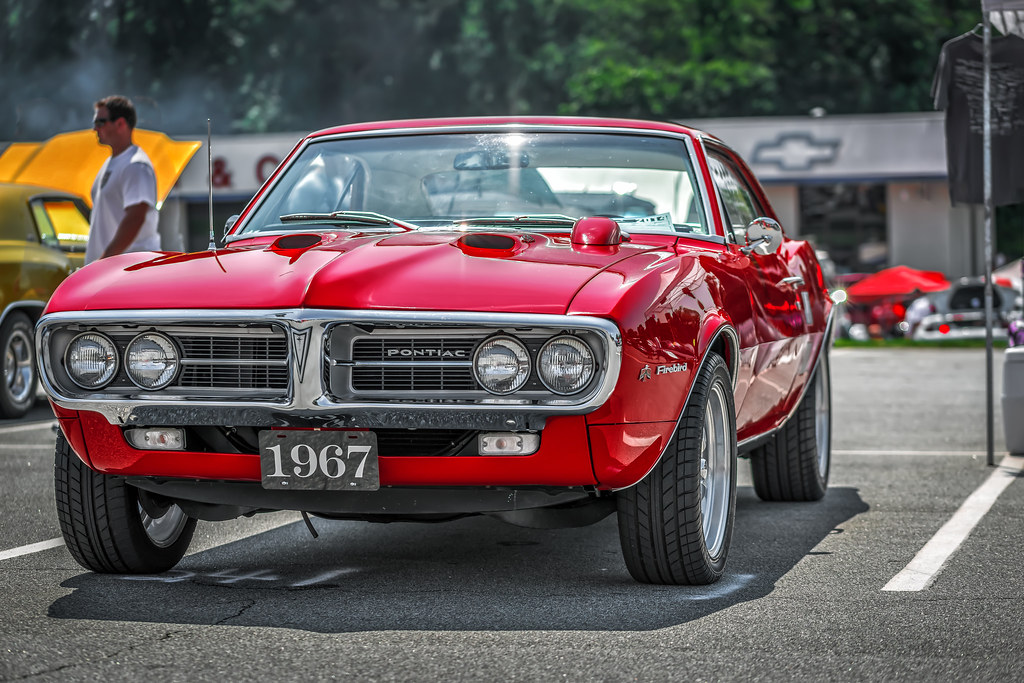
9. **The Escalating Impact of Auto Tariffs on Consumers**One of the most significant external economic factors shaping the automotive market, and potentially the compact car segment, is the implementation of new auto tariffs. These tariffs, “in effect at 12:01 am ET on Thursday,” represent a substantial tax imposed on imported vehicles and parts, with profound implications for manufacturers and American car buyers. This policy directly targets the affordability drivers pushing consumers towards smaller vehicles.
The Trump administration has placed “tariffs of 25% on all cars shipped to America from other countries,” affecting “nearly half of the 16 million new cars purchased in the United States in 2024.” Mexico, “the largest source of those imports,” along with Canada and other nations, will see vehicle exports significantly impacted. A $40,000 imported car would be hit with “a $10,000 tax,” a cost that “someone along the supply chain will have to bear,” with consumers likely seeing “a fair chunk of it.”
The impact extends beyond fully assembled imported cars. Tariffs on “auto part imports are due soon,” meaning even U.S.-manufactured vehicles will face increased production costs. The industry has long operated under integrated North American trade agreements. Analysts suggest these tariffs could “increase the cost of American made cars by about $4,000,” with some estimates over “$12,000 for some vehicles.” Ford CEO Jim Farley stated such tariffs “would blow a hole in the U.S. industry that we’ve never seen.”
These escalating costs are expected to translate directly into higher consumer prices. “Less supply translates to higher prices.” As tariffs reduce new car availability, demand will shift, affecting used car prices too, as “a squeeze on the new car market will force many buyers to look at used cars, increasing demand.” This scenario underscores the potential for a broad “price shock” that could severely counteract the current trend towards affordability in compact vehicles.
Read more about: Don’t Get Burned: Examining 7 Compact Cars That Become Reliability Disasters at 90,000 Miles
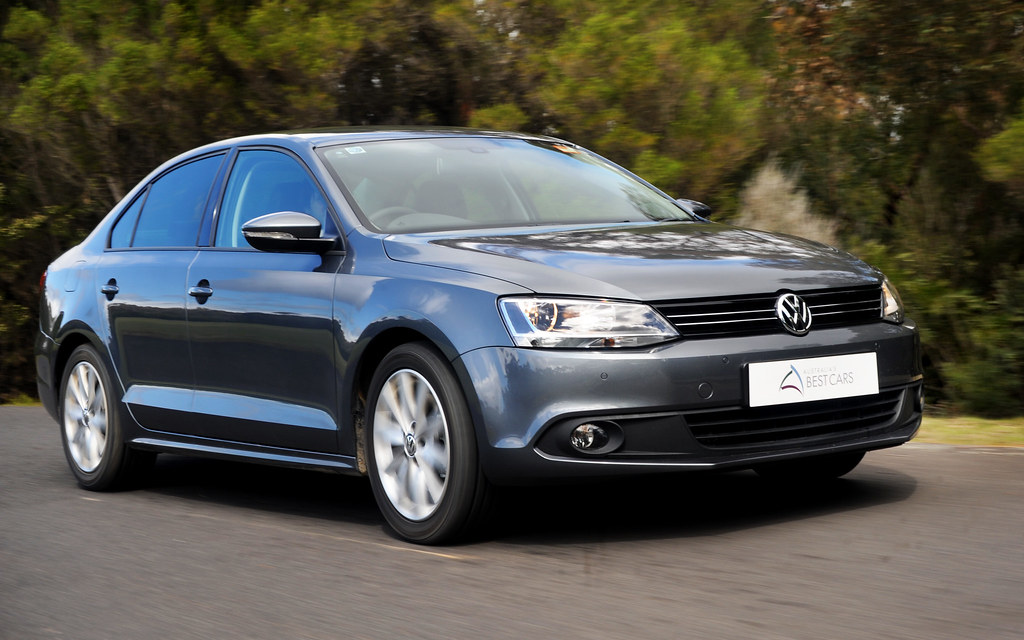
10. **Broader Economic Slowdown and Shifting Consumer Sentiment**Beyond immediate price and tariff implications, the compact car resurgence reflects a broader economic backdrop of caution among American consumers. The overall automotive market performance this year has been “extremely mediocre,” with “hybrids and smaller, affordable cars” being “exceptions.” This suggests consumers are making highly selective purchases, prioritizing value and efficiency amidst a challenging economic landscape.
Retail sales data provides further evidence of this cautious approach. Sales “fell by 0.9% in May,” marking “the steepest monthly decline since January,” with a significant portion attributed to “plummeting car sales.” This data “adds to evidence that Americans are becoming cautious with their spending,” and if persistent, “could reverberate throughout the economy.” An earlier surge, possibly to “beat President Donald Trump’s stiff tariffs,” has now given way to a noticeable “downshift” in spending.
Economists warn of a “demand cliff” scenario, where consumer anxiety, potentially from trade uncertainties, leads to a significant pullback in purchasing. This is not merely transient but indicates a “more pronounced slowdown in the economy.” For consumers contemplating major purchases like a new vehicle, apprehension leads them to “choose to save overall rather than flash some cash at the shops and malls.”
Consumer spending, “the lifeblood of the US economy,” remains linked to labor market stability. Any weakening in job growth could further dampen confidence. This environment makes affordability paramount, as noted by Edmunds, making compact cars an increasingly rational choice for households navigating an uncertain financial future.
Read more about: The Snackcession: Why Major Food Brands Are Facing a Crisis as Consumers (and Kids!) Ditch Ultra-Processed Treats
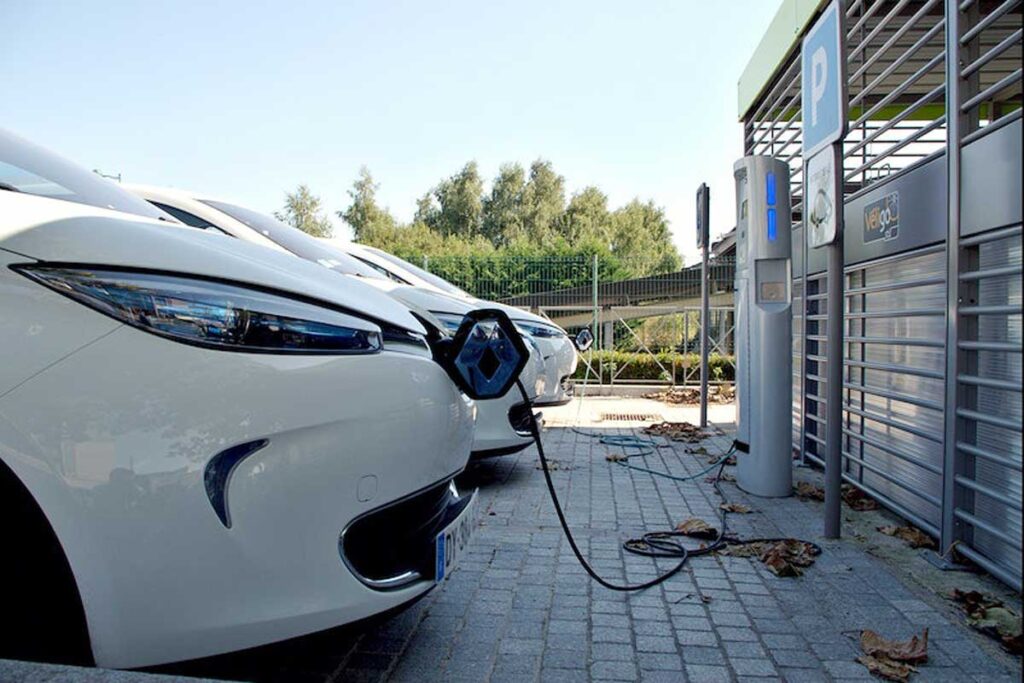
11. **The Emergence of Smaller Electric Vehicles**Looking ahead, the movement towards compact cars is poised to intersect significantly with the broader transition to electric vehicles (EVs), shaping the future of sustainable and affordable personal transportation. As the world accelerates its efforts towards “electric transportation,” EVs are “gaining traction,” with recognition that smaller vehicle formats can play a crucial role in making electric mobility more accessible.
One primary barrier to mass EV adoption has been their higher upfront cost, largely from battery technology. However, “smaller EVs address this cost issue.” As “the larger the EV, the larger the battery — and batteries are what make EVs so expensive,” focusing on compact models allows manufacturers to utilize smaller, less expensive battery packs. This enables more competitive pricing, reducing the financial hurdle for buyers and making smaller EVs “much more reasonably priced.”
Automotive industry leaders are recognizing this market opportunity. Ford, for instance, demonstrates a clear commitment to “shifting its focus to smaller EVs by working on a line of affordable, compact models.” This move specifically aims to “address a gap in the market that tends to concentrate more on larger EVs,” indicating a proactive approach to meet evolving consumer needs for affordability and environmental consciousness.
Consequently, consumers can anticipate a future populated by more compact cars and specifically by a growing number of electric variants within this segment. This convergence of trends promises vehicles that are not only economical to purchase and operate but also environmentally friendly, appealing to a broad spectrum of modern drivers. The synergy between demand for smaller vehicles and electric mobility represents a compelling and sustainable direction.
Read more about: From Pontiac’s GT-37 ‘Holy Grail’ to Hemi Convertibles: Uncovering the Rarest Muscle Car Treasures You Never Knew Existed
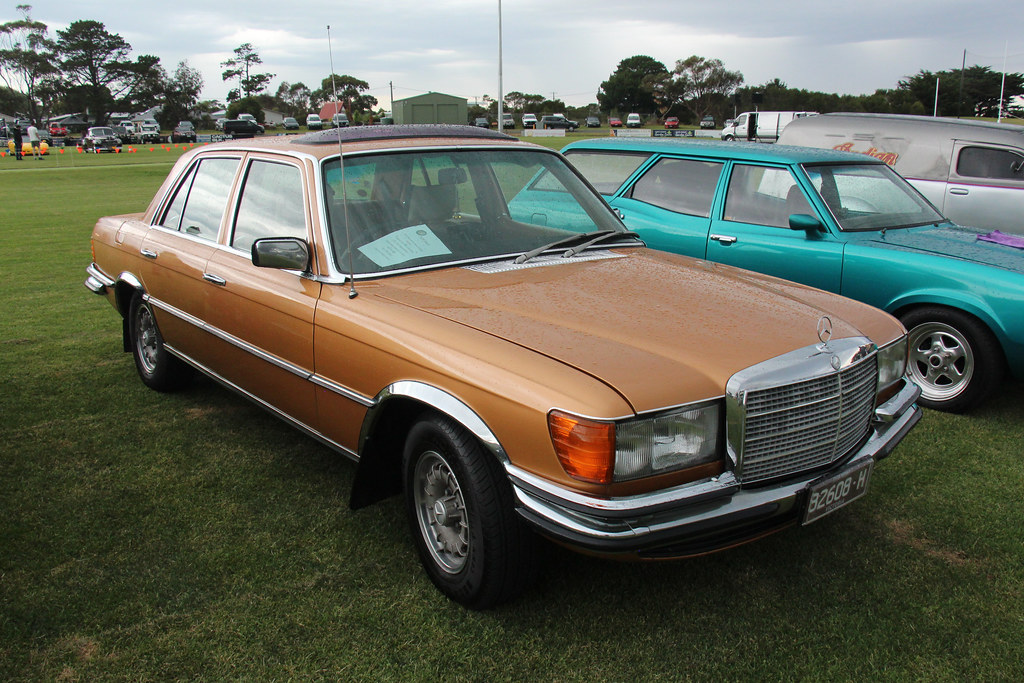
12. **Enduring Demand for Practicality and Functional Utility**While economic pressures drive the compact car resurgence, American consumers have not entirely abandoned their need for practicality and functional utility. The shift towards smaller vehicles is often a nuanced compromise, where buyers seek to retain essential capabilities like cargo space and versatility, but within a more economically sensible package. This underlying demand ensures specific vehicle categories thrive, even as preferences lean smaller.
This dynamic is particularly evident in the robust performance of compact and subcompact SUV segments. As Cox Automotive Senior Economist Charlie Chesbrough notes, “Consumers need the functionality” and “the cargo area of an SUV, but they’ve got to get the smaller size, because at these prices, they’ve got to look for ways to save money.” These smaller SUVs effectively bridge the gap, offering utilitarian benefits with lower purchase price and improved fuel efficiency.
The success of individual models further illustrates this. The Chevrolet Trax, a compact SUV, has seen dramatic sales increases and is considered a “great vehicle” offering significant functionality. Similarly, the Toyota Corolla is “plenty of car for most people,” meeting diverse daily needs within a compact footprint. These examples highlight that modern compact vehicles are designed to be highly functional, equipped with “spacious interiors, and plenty of trunk space,” dispelling the outdated notion that smaller means less capable.
Ultimately, while economic realities compel many buyers to “forego some of the roominess for more compact and economical options,” there remains an enduring demand for vehicles that can reliably serve family or practical purposes. Analysts recognize that “buyers of this type, primarily families, need the added space that the form factor brings, with analysts saying owners are reluctant to compromise.”
Read more about: 12 Vehicles That Will Test Your Patience (and Your Wallet) with Never-Ending Electronic Glitches
The ongoing transformation of the American automotive market, driven by a confluence of economic pressures and evolving consumer priorities, signifies a pivotal moment for both buyers and manufacturers. The move towards compact, more affordable, and increasingly fuel-efficient vehicles is not a temporary anomaly but a fundamental recalibration, reflecting a consumer base that is more value-conscious and pragmatic than ever before. As the industry navigates challenges from supply chain complexities to the potential impact of tariffs, the imperative to deliver “Good. Affordable. Cars.” remains paramount. This shift promises a future where practicality, economic sensibility, and innovative design converge, reshaping the very definition of the ideal American vehicle.



